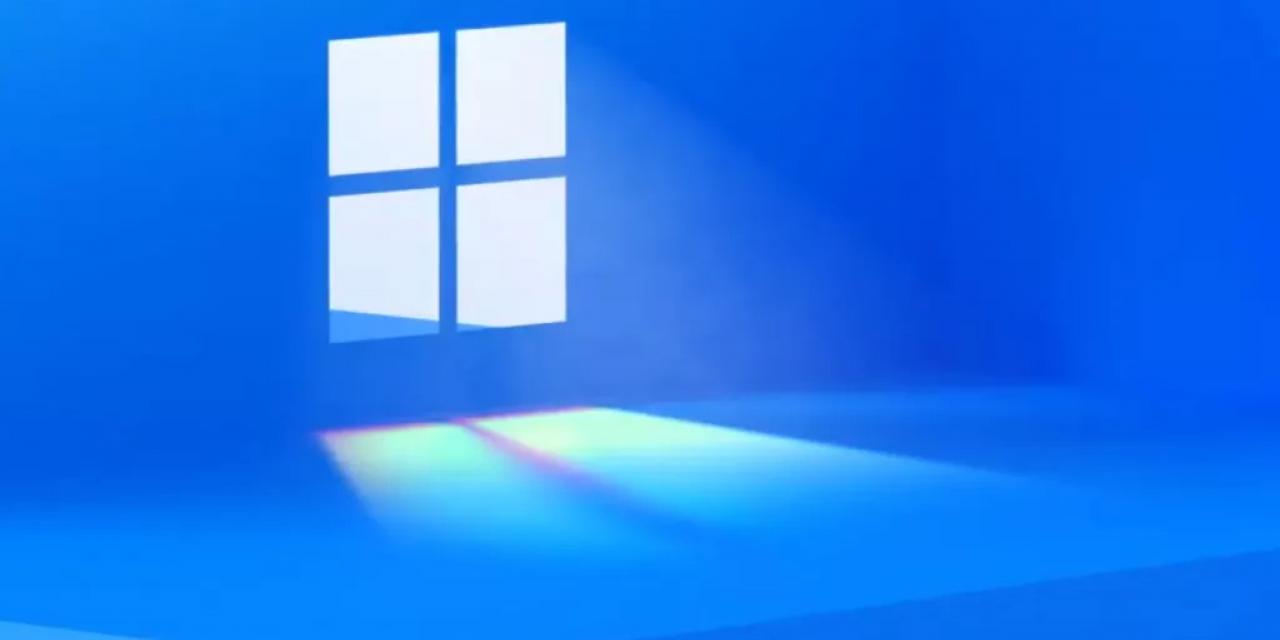
If your daily driver is a Windows 10 machine, then you'll be able to upgrade to Windows 11 for free and should have no trouble running it. Windows 11 draws from the previously cancelled Windows 10X, borrows design ideas from Windows Vista and MacOS, and adds a number of features to improve productivity, as well as better incorporate the Xbox ecosystem and Windows stores. All of this will be free for anyone running Windows 10.
Although Microsoft previously said Windows 10 would be the last version of Windows, Windows 11 is clearly the next big step, although it's more of a Windows 8 upgrade of Windows 7, than a Windows 7-style overhaul. Windows 11 will include a centered taskbar and Start menu, an updated file explorer, translucent "glass" effects for all windows everywhere, new animations and rounded corners for windows, a task snap and grouping feature to give you access to multiple virtual desktops, and much more.
There are new widgets, a feed with relevant personalized information and applications, Android app support, an improved Microsoft store with access to a number of streaming platforms, DirectX12 Ultimate integration with Direct Storage API and Auto HDR, Xbox Game Pass integration, a new Teams chat app built into Windows itself, better touch and speech recognition, smaller Windows updates, and an updated Microsoft Edge.
Windows 11 is slightly more taxing than Windows 10, demanding double the storage space (64GB), a 64-bit CPU, 4GB of RAM. That should mean entry-level Windows laptops of yesteryear won't be able to make the upgrade and new versions will, moving forward, come with 64GB of storage and 4GB of RAM instead.
Windows 11 is coming in beta form next week, but will officially launch in the holiday 2021 period.








